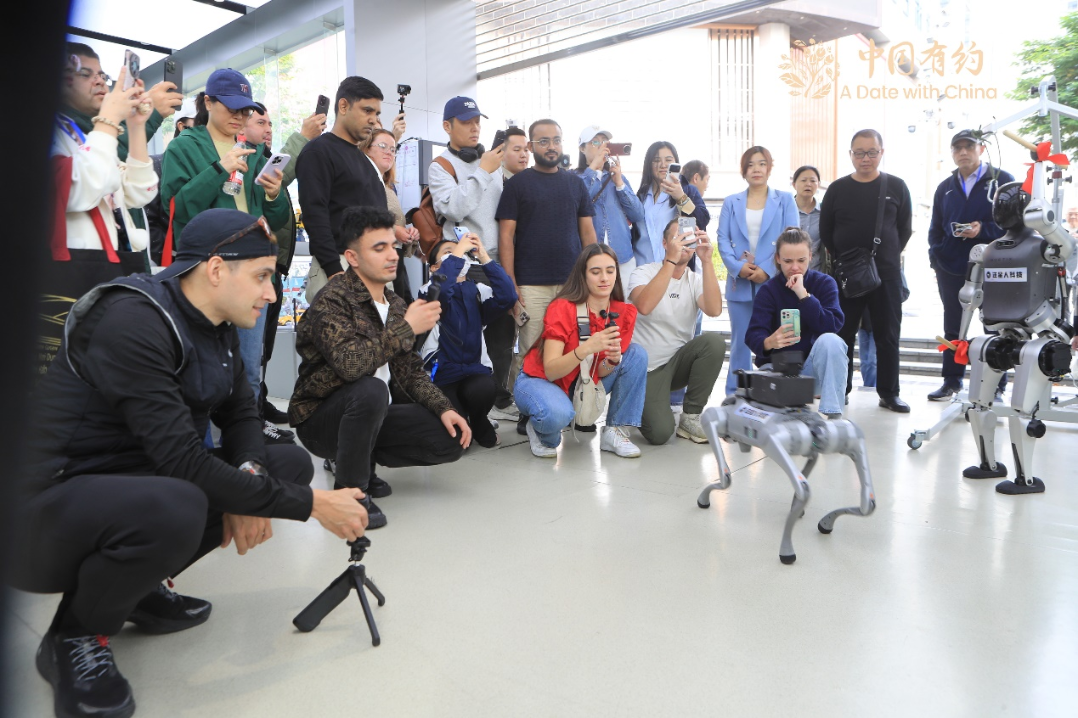B&R revives old industrial base


SHENYANG - Two sailors slowly drop a hanging ladder from a 100-meter-long cargo ship, and harbor pilot Pan Hongxue climbs down onto a tugboat.
Pan works at Yingkou harbor in Northeast China's Liaoning province. He and other pilots are responsible for guiding vessels in and out of berths to avoid stranding or collisions.
The ship came from Brazil carrying 180,000 metric tons of iron ore fines. "It has to wait a couple of days before unloading because all berths are occupied," Pan said.
About 40 to 50 ships wait to be unloaded and the port congestion has lasted more than six months in Yingkou, according to harbor employees.
"Growing imports of bulk commodities such as minerals and coal leads to port congestion," said Fan Wei, a manager with the harbor.
Liaoning is part of an old heavy industry base in Northeast China, but it has lost its shine in recent years due to shrinking resources and industrial overcapacity. Boosted by the Belt and Road Initiative and wider opening-up, trade between the region and the rest of the world is rising.
Liaoning, the only province in Northeast China with sea ports, saw its export and import volume increase by 17.9 percent to 673.7 billion yuan ($104 billion) last year.
At a berth in Yingkou harbor, four machines are unloading 292,000 tons of iron ore fines from a 327-meter-long Brazilian vessel. The iron ore fines will be delivered by a conveyor belt to the Bayuquan factory affiliated to State-owned Ansteel Group Corp 3.8 kilometers away from the harbor.
Yu Xiangyang, deputy director of the factory's production department, said the factory plans to import 8 million tons of iron ore fines for production of 5.5 million tons of quality rolled steel this year. Yu said government efforts to fight overcapacity in the iron and steel sector have prompted the factory to upgrade its products. The high-value-added steel it now produces has gradually won the market.
In total, 20.21 million tons of iron ore were imported through Yingkou between January and May, 6.31 million tons more than last year, according to the harbor administration.
"I need to put out to sea three or four times to guide vessels this year while I used to do it only once before," Pan said.
More vessels are from Africa and Southeast Asia, both Belt and Road regions, according to Pan.
Pan said the harbor has become more than a loading venue, but a logistics hub.
"When container ships come to the harbor, many TEUs (twenty-foot equivalent units) unloaded are transported to Europe by rail," Pan said.
Inaugurated in 2014, freight train services have been available between the harbor and nine European cities in Russia, Belarus, Poland, Slovakia and Germany.
The harbor imported 6,800 TEUs last year via trains between China and Europe, up 13.4 percent.
Li Muyuan, of the China Communications and Transportation Association, said that by making use of the advantages of ports, Northeast China will see a new layout of industries such as logistics, finance and storage, which helps to promote opening-up and boost the revival of the old industrial base.




































